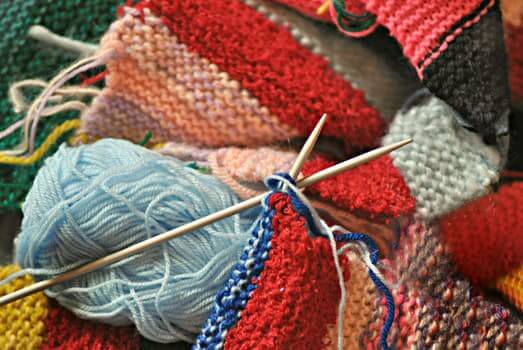Hand Woven garments
Woven garments are awesome. With spectacular snowy peaks and plunging river valleys, Himachal Pradesh is one of the premier hill stations in India. It is a home to various pilgrimage centers like Naina Devi Temple, Vajreshwari Devi Temple, Chamunda Devi Temple, Bajinath Temple and many more.
The carpets, leather works, shawls of the state have a wide market not only across the country but also worldwide. Men and women of Himachal actively take part in the crafts business.
Woven garments:
Traditional hand made garments are not only a necessity due to the cold climate but have also become a part of commercialized cottage industry.
To distinguish the original garment products from the fake ones, they have been registered under the Geographical indication of the Trade Related Intellectual Property Rights (TRIPS) agreement.
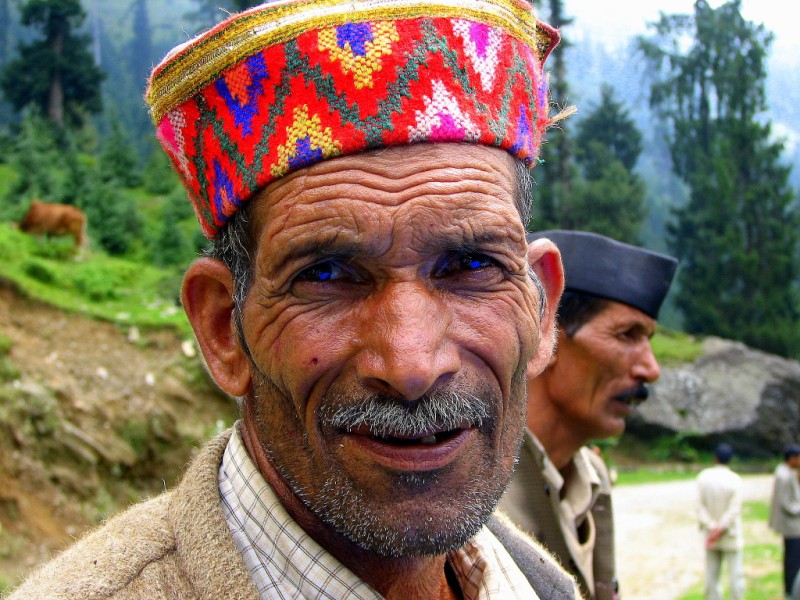
Woven garments: Kullu Shawl
As the name suggests, it is a type of shawl made in Kullu, India. Earlier, the natives of Kullu would weave plain shawls, but due to the advent of the Bushehar craftsman, the trend of patterned shawls came to rise. They are worn by both men and women.
Traditionally, they have three borders at the end. The design of the Kullu shawl is inspired from Kinnauri shawl. The original Kinnauri designs that have been enlarged enormously and simplified with the passage of time.
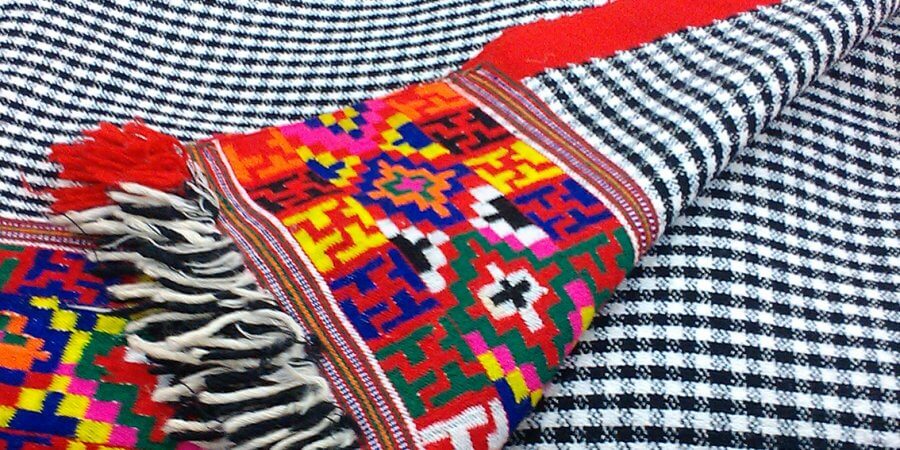
Kinnauri Shawl of Woven garments
Kinnauri shawls are manufactured in the Kinnaur district of Himachal Pradesh. Well renowned for their intricacy and fineness in weaving, their elaborate geometric designs bear a strong Central Asian influence. Symbols of religious importance are weaved in bright colours.
The five colours used have a significance with green representing air, blue – ether, white – water, yellow standing for earth and red for fire.
Due to their intricate patterns and labour involved in manufacturing the shawls, they are known to be costlier than Kullu shawls.
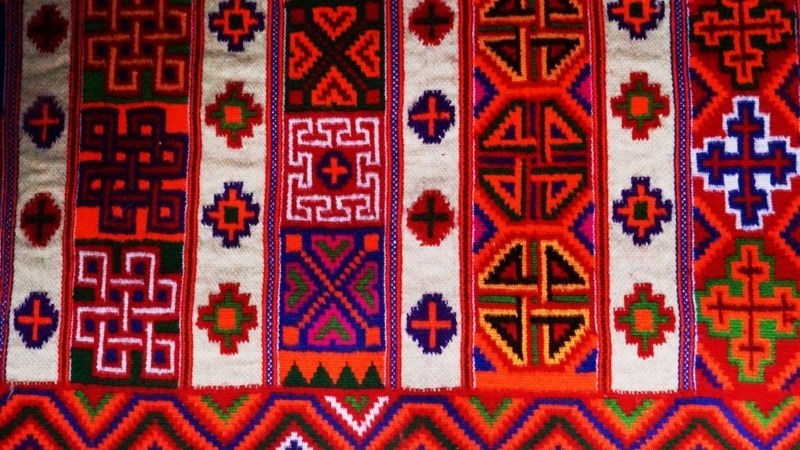
Chamba Rumaal:
Chamba Rumaal was promoted under the patronage of the rulers of Chamba kingdom. Women of the royal household used to embroider the rumaal during their leisure hours.
The handkerchiefs made in geometrical shapes of square and rectangle are weaved using fine handmade silk from Punjab. Chamba embroidery designs are inspired by mythological episodes, daily life activities, and nature. Proper care should be taken that it is not exposed to harsh sunlight as the silk fibers might get damaged.
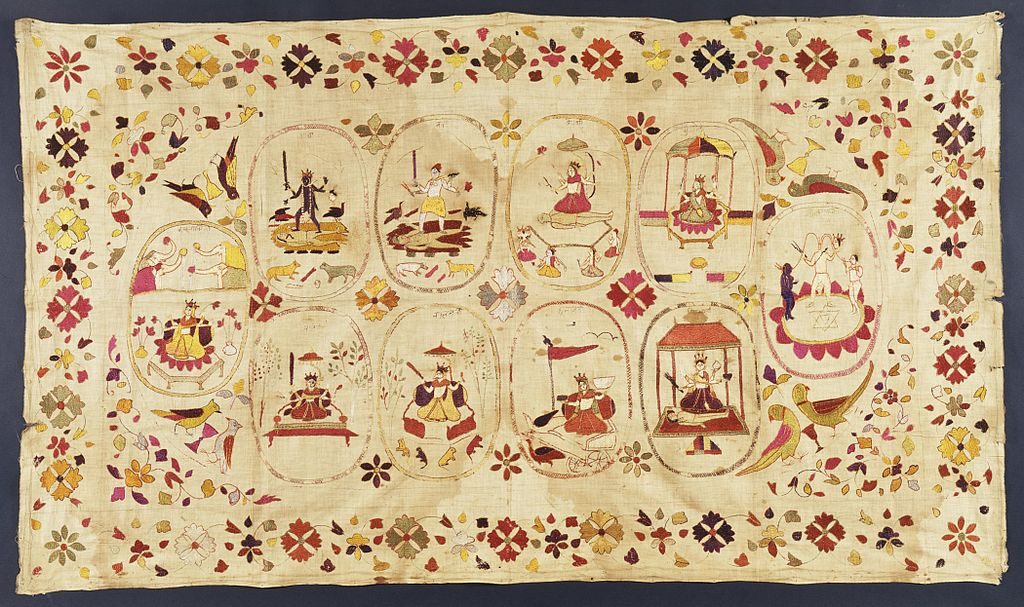

Gudma:
Gudma is a soft but heavy blanket, which is woven especially in the Kullu valley. The weaving of this blanket is restricted to Kullu region only as a special kind of clay that is very much essential for cleaning and finishing process is available in that region only.
It is made of Byang wool having long fibres. Gudmas are woven in natural wool colours and finished with red or black trimmings. Cost of gudmas varies according to its size, durability and quality of the wool.
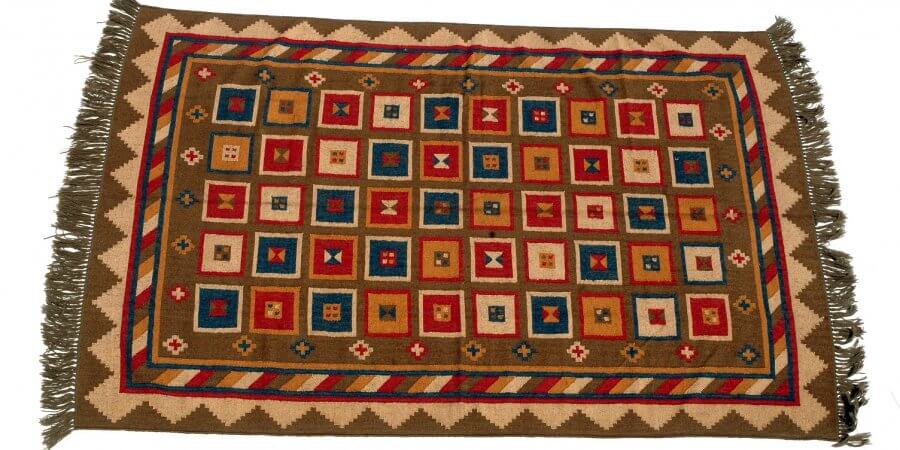
Numdha:
 Numdha is the local name for a mattress, which is made by felting the wool rather than weaving it. It is prepared by mixing low quality wool with a small quantity of cotton. After the felting process, it is ornamented with colourful embroidery threads.
Numdha is the local name for a mattress, which is made by felting the wool rather than weaving it. It is prepared by mixing low quality wool with a small quantity of cotton. After the felting process, it is ornamented with colourful embroidery threads.
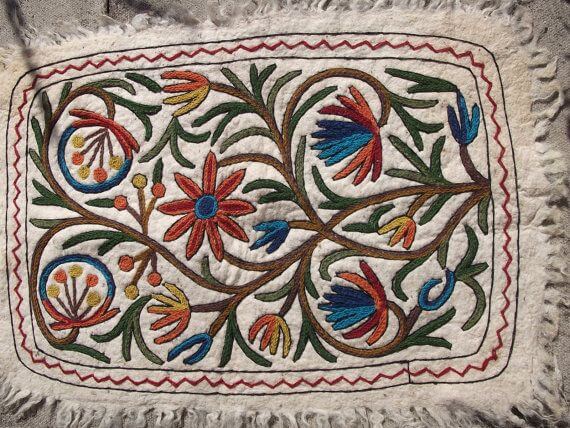
Unfortunately, the demand for this aesthetically tasteful garments is declining due to stiff competition from machine made goods and also due to lack of proper marketing.

